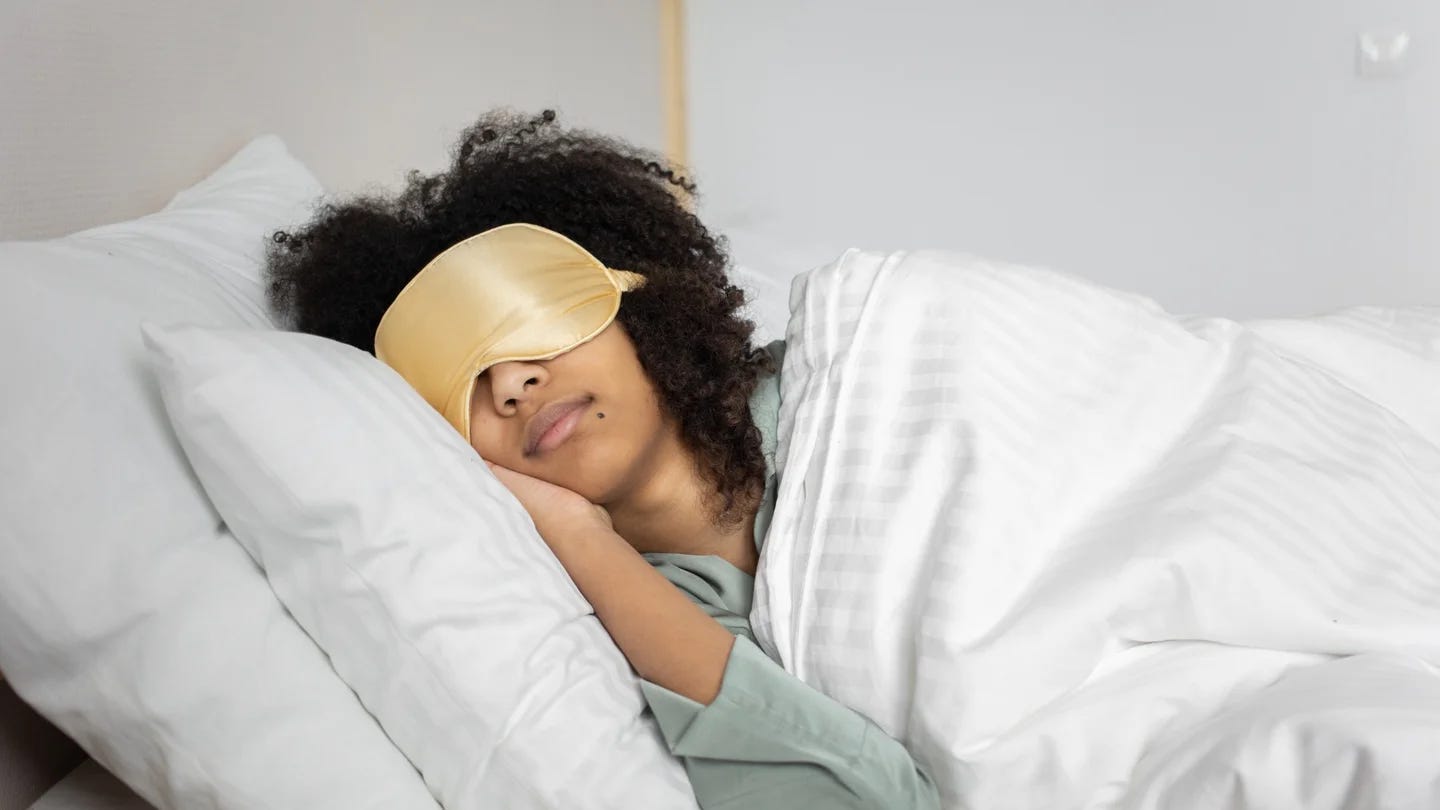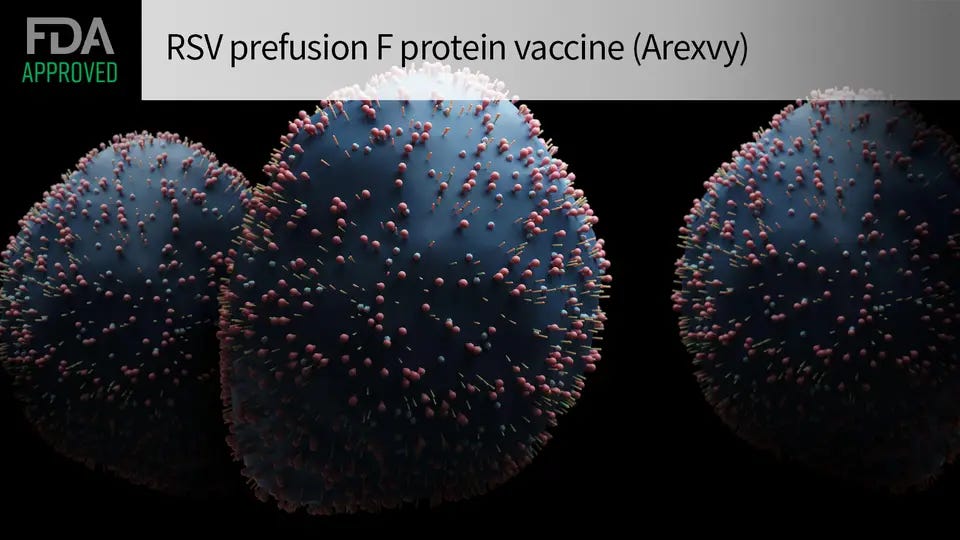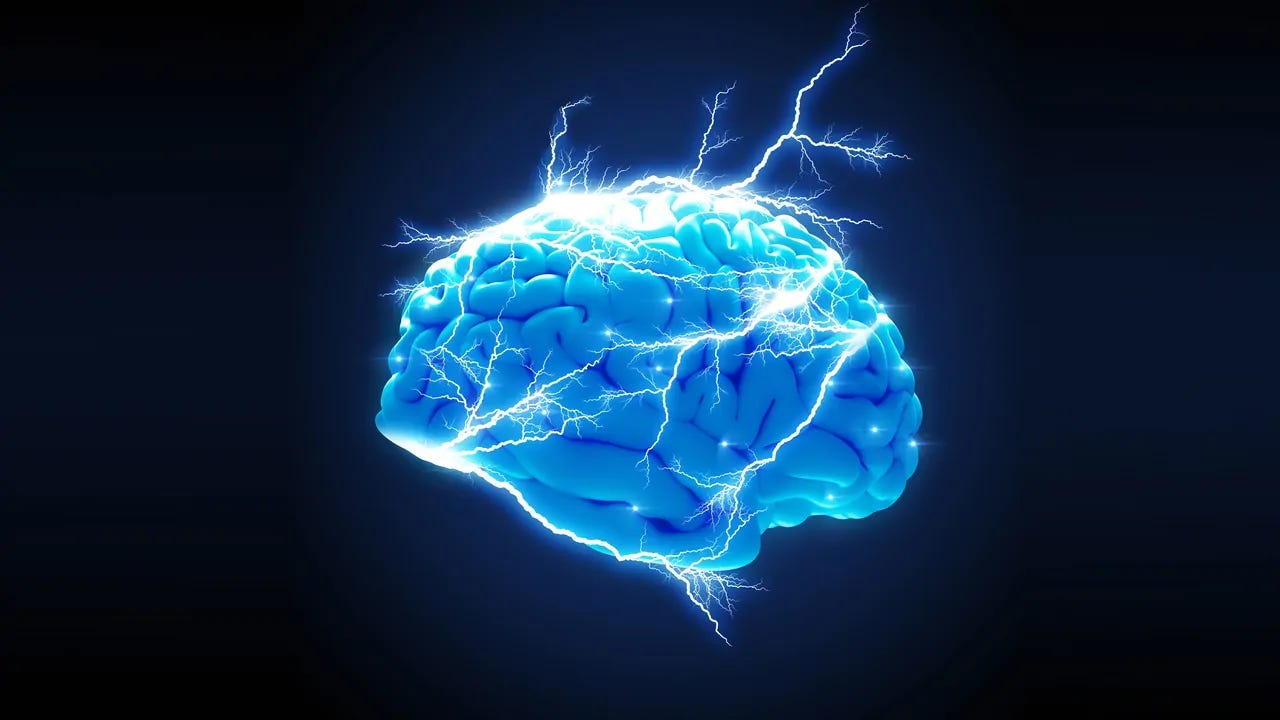Sci-Ed Update 267
150-yr life span, Spike in brain infections, Humor & playfulness in teaching, Attractive distractors are attractive, Sleep helps vaccines work, An RSV vaccine approved, MIcrobiome affect HPV infection
We're nowhere near reaching the maximum human life span, controversial study suggests
Human longevity records may be broken in the next few decades, a new modeling study suggests.
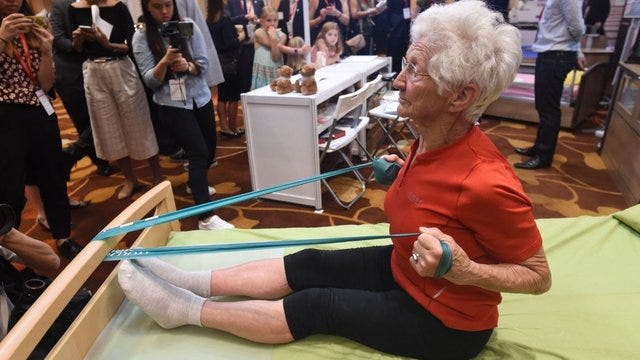
Scientists have long debated the greatest possible age of a person, with previous studies placing the limit at up to 150 years. But in the past 25 years, no one has surpassed the record for the world's oldest person, held by Jean Louise Calment, who died at age 122 in 1997.
"This has led people to argue that the maximum life span has been reached," David McCarthy(opens in new tab), an assistant professor of risk management and insurance at the University of Georgia, told Live Science. In a new study, McCarthy and his colleagues say they've uncovered evidence that this longevity record will be broken within the next four decades. The team did not propose a maximum age that humans can live to, but rather, they used a mathematical model to project what mortality trends might look like in upcoming years.
However, not everyone agrees with the team's conclusions, experts told Live Science.
Read more→ AandP.info/gjq
Unexplained rise in life-threatening brain infections in children worries pediatricians
A New York hospital said it has seen an above-average number of brain abscesses in children this year, while doctors in Clark County, Nevada saw cases spike last year.
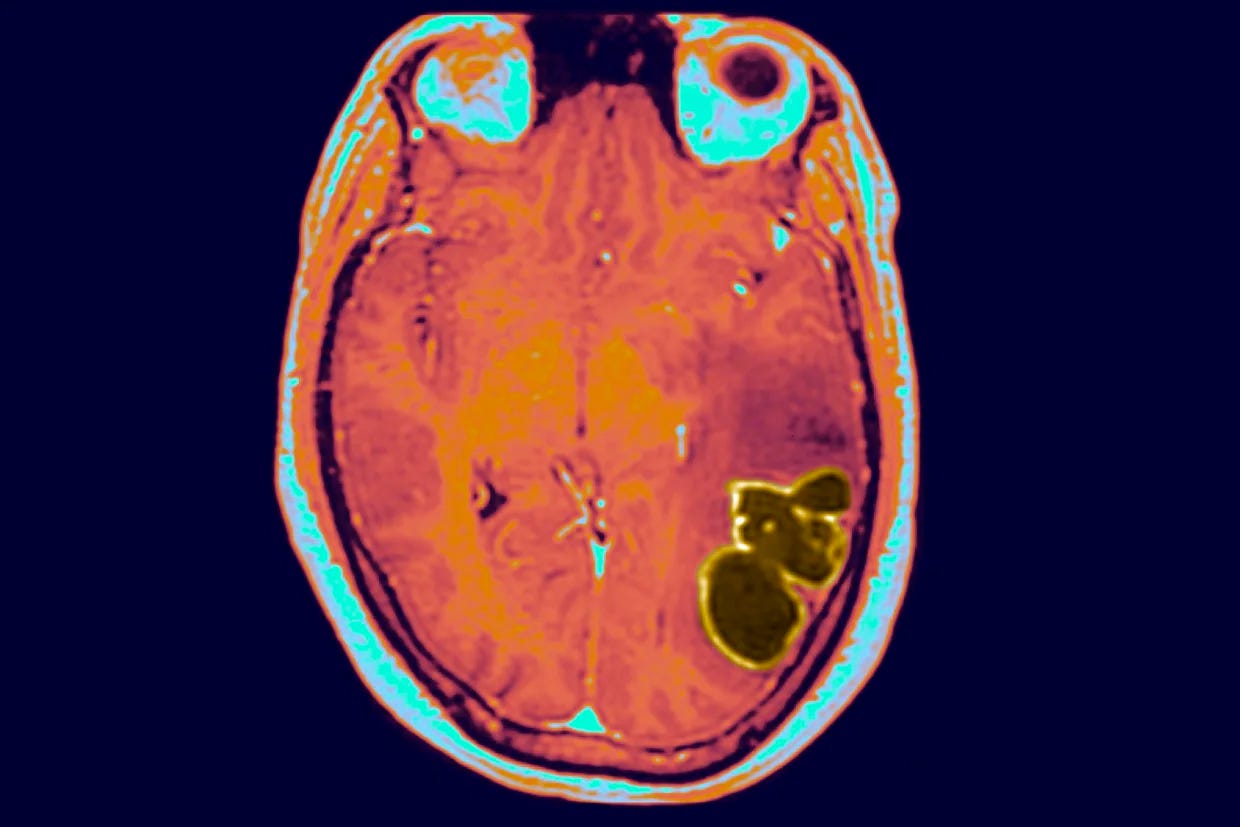
After seeing an unusually high number of children with life-threatening brain infections last year, doctors are calling attention to the puzzling trend.
The findings were released at the Centers for Disease Control and Prevention’s annual Epidemic Intelligence Service Conference and first reported by CNN.
Brain abscesses are rare and generally form when fungi or bacteria enter brain tissue because of injury or infection. The body uses healthy tissue to form an abscess to stop the infection from spreading. If left untreated, the condition can cause permanent brain damage or death.
The reasons for the recent spike in brain abscesses among children are unknown.
Read more→ AandP.info/p6q
Say what? The principal investigators who pass down wisdom through humour
Wit can convey important truths about critical thinking and the scientific method, especially when group leaders poke fun at themselves in the process.

The unofficial rules of Derek Pociask’s immunology laboratory, scrawled across a glass cabinet above one of the benches, can elicit odd looks from passers-by:
“Be a badass.”
“Figures or it didn’t happen!”
And the very specific: “All cytokines/chemokines + anything important is to be aliquoted and LABELED with date/concentration.”
Despite not being a “rules guy”, Pociask says, the tenets have been on display for years (see go.nature.com/3omjvcy) in his lab at the University of Tulane School of Medicine in New Orleans, Louisiana. The idea is to prompt critical thinking by his students and staff, and to help structure and guide experiments. Some rules advocate bold ideas and encourage students to rise above limitations; others deal in the practicalities of benchwork and writing up results. “No one is forced to read them, but at some point, we end up going to them because ultimately, [a mistake] happens,” he says. “They’re a little funny, but if they stick in the mind, we have to visit them less often.”
Such adages, enshrined on lab T-shirts or even trending as Twitter hashtags, can be silly, but they can convey serious truths about what it means to think critically and succeed in academia. Indeed, these sometimes-trite sayings often stem from years of hard-earned wisdom amassed by principal investigators (PIs), who hope to spare their students the pain of lessons learnt the difficult way. Sharing advice through humour, it seems, can keep it fresh in the minds of students long after they’ve embarked on careers of their own.
Read more→ AandP.info/mqg
The Storytelling Special
Playful (even humorous) stories can really pack a punch when teaching and learning. This episode explores that idea and gives a few examples of playful stories to help students understand important anatomy & physiology principles.
05:24 | Storytelling in the A&P Course
20:14 | Storytelling is a Human Skill
22:38 | Playful & Serious Stories
37:01 | Cells Hate Calcium
44:18 | Actin & Myosin in Love
56:56 | Last Best Story
To listen to this episode, click on the player (if present) or this link→ https://theAPprofessor.org/podcast-episode-48.html
Undergraduate students’ neurophysiological reasoning: what we learn from the attractive distractors students select

Investigating students’ alternative reasoning in neurophysiology, this research is the first to investigate how analyzing the most common incorrect answer can shed light on the concepts students struggle with when reasoning about neurophysiological problems, especially those dealing with both chemical and electrical driving forces to predict ion movement across cell membranes.
Read more→ AandP.info/cf2
A good night’s sleep could help vaccines work better
A review published in the journal Current Biology on March 13 found that adults who got less than six hours of sleep a night tended to produce fewer antibodies than those who got at least seven hours of sleep. The difference was on par with the decrease in antibodies two months after a brand new COVID jab. The authors didn’t specifically find data for the COVID shots, however—they combined and analyzed seven studies on influenza and hepatitis vaccinations to draw a broader conclusion on how rest benefits people’s immunity.
Read more→ AandP.info/2ga
FDA Approves First-Ever RSV Vaccine
Respiratory syncytial virus vaccine indicated for adults 60 and up
The FDA has approved the first-ever vaccine for respiratory syncytial virus (RSV)opens in a new tab or window, the agency announced on Wednesday.
Marketed under the trade name of Arexvy, the adjuvanted RSV prefusion F protein-based vaccine is specifically indicated for preventing lower respiratory tract infections in adults 60 and over.
Until now, no vaccine has existed to protect against RSV infection, a common scourge both for young children and older adults. According to data from the CDCopens in a new tab or window, an estimated 60,000 to 160,000 older adults in the U.S. are hospitalized each year due to RSV infections, and 6,000 to 10,000 deaths are associated with the highly contagious virus in this group.
Read more→ AandP.info/nfv
Dying Brain Activity Found in Consciousness “Hot Zone”
The journal Proceedings of the National Academy of Sciences recently published a study offering the suggestion that a burst of activity in the brain during its final moments may be linked to consciousness.
The researchers examined four hospital patients who succumbed to cardiac arrest while in a comatose state and under EEG monitoring. After receiving permission from the patients' families, the individuals were taken off life support.
Two of the patients exhibited a surge in gamma wave activity – a rapid brain signal associated with consciousness – and an increased heart rate upon the removal of ventilator support. The activity was detected in the brain's "hot zone," an area implicated in dreaming, epilepsy-related visual hallucinations and altered states of consciousness. This area is found at the intersection between the occipital, parietal and temporal lobes.
Read more→ AandP.info/3s4
Microbiome insights open new avenues to treat HPV

What all this suggests is that inflammation in response to an unhealthy bacterial community is the weak spot in the immune system’s armor that lets an HPV infection linger, Usyk explains. When the virus arrives on the cervix via skin-to-skin contact with an infected person, HPV doesn’t just start replicating. Instead, the virus must travel down through four layers of epithelial cells, to establish and replicate in the basal cells, where it causes the infection.
Abrasions from sexual activity or inflammation from BV (i.e. overgrowth of certain microflora) may damage the epithelial cells and let the HPV in; “it’s almost accidental,” Usyk says.
Once inside the basal epithelium, HPV then reprograms cells to facilitate generation of infectious particles, Burk says. Prolonged cellular multiplication is what leads to precancerous dysplasia and to cancer. In a healthy Lactobacillus-rich environment, lactic acid secreted by good bacteria destroys pathogens, so they can’t damage the epithelia, and “HPV doesn’t have a little hole to get into,” Usyk says. The virus would languish for a few days or weeks, unable to invade healthy epithelial cells, until it was washed away with the next tide of cellular turnover.
Read more→ AandP.info/g0y





